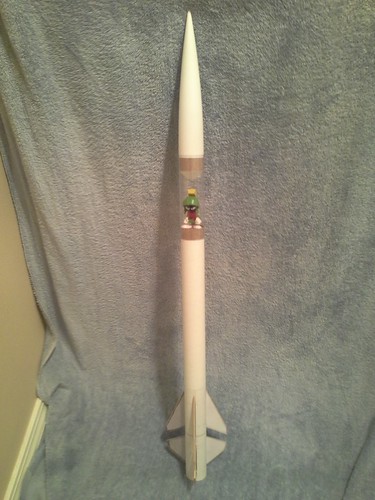morlock
Well-Known Member
- Joined
- Jun 18, 2014
- Messages
- 630
- Reaction score
- 4
I'm starting my first payload project with a friend who is working in electrical engineering. He will build the electronic payloads and I will build the rockets from scratch.
We will be starting small in LPR with 10-30g of payload but we want to be able to send up to 100g of payload above 500m, which will require some MPR power. We will do a simple model with a small payload first to be able to launch this year and then get on the design board for a second design during the winter.
As the whole payload endeavor is completely new to me, I am looking for good sources of information about how to build a successful payloader. Do you have a books, web page or video to suggest that could be useful to get into payload launching?
Here is a list to which I will add your suggestions:
Books
- Handbook of Model Rocketry (Harry Stine)
Web pages
Videos
- Make a model rocket payload bay (Tim Van Milligan, Apogee Components)
- Mount an altimeter in a model rocket (Tim Van Milligan, Apogee Components)
Thanks in advance for your suggestions!
We will be starting small in LPR with 10-30g of payload but we want to be able to send up to 100g of payload above 500m, which will require some MPR power. We will do a simple model with a small payload first to be able to launch this year and then get on the design board for a second design during the winter.
As the whole payload endeavor is completely new to me, I am looking for good sources of information about how to build a successful payloader. Do you have a books, web page or video to suggest that could be useful to get into payload launching?
Here is a list to which I will add your suggestions:
Books
- Handbook of Model Rocketry (Harry Stine)
Web pages
Videos
- Make a model rocket payload bay (Tim Van Milligan, Apogee Components)
- Mount an altimeter in a model rocket (Tim Van Milligan, Apogee Components)
Thanks in advance for your suggestions!
Last edited by a moderator:




